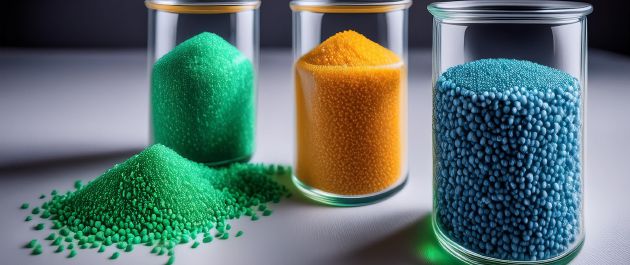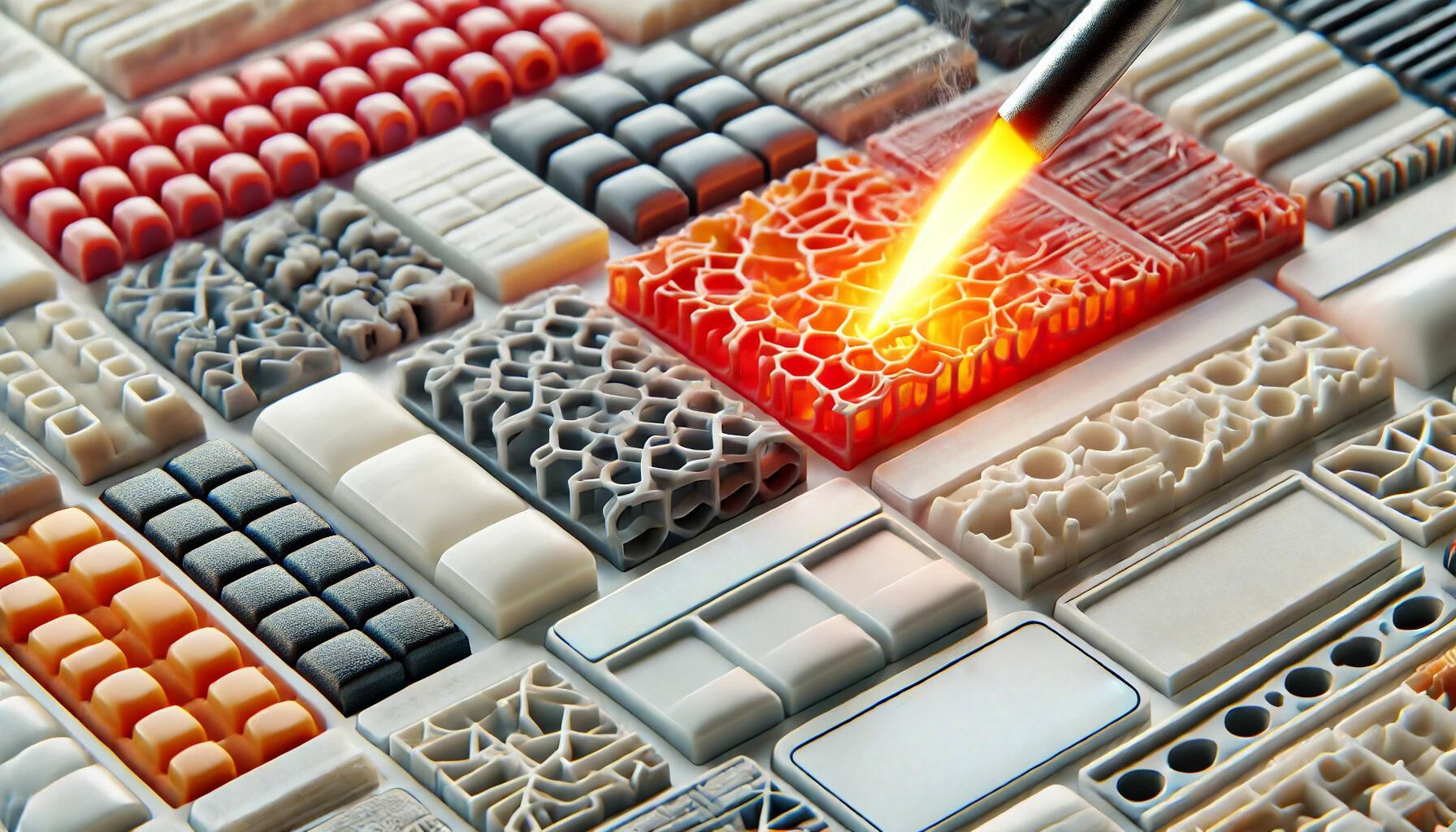Ensuring Durability and Performance with Heat-Resistant Plastics
Heat-resistant plastics are essential for applications that involve high temperatures, ensuring that materials maintain their properties and performance under thermal stress. These specially engineered plastics are designed to withstand extreme heat without melting, warping, or losing strength, making them indispensable in various industries. This document explores the key characteristics, benefits, and applications of heat-resistant plastics, emphasizing their importance in modern manufacturing and design.
Key Characteristics of Heat-Resistant Plastics
- High Melting Points: Heat-resistant plastics are characterized by their ability to maintain structural integrity at elevated temperatures. They typically have high melting points, allowing them to perform reliably in high-heat environments.
- Thermal Stability: These materials exhibit excellent thermal stability, meaning they can resist thermal degradation and maintain their mechanical properties under continuous heat exposure.
- Low Thermal Expansion: Heat-resistant plastics have low coefficients of thermal expansion, ensuring minimal dimensional changes with temperature fluctuations. This property is crucial for maintaining tight tolerances in precision applications.
- Chemical Resistance: Many heat-resistant plastics also offer good resistance to chemicals, enhancing their durability in harsh environments where both high temperatures and chemical exposure are factors.
- Mechanical Strength: These materials maintain their mechanical strength and rigidity even at elevated temperatures, ensuring reliability and performance in demanding applications.

Benefits of Heat-Resistant Plastics
- Reliability: The primary benefit of heat-resistant plastics is their ability to perform reliably in high-temperature environments. This reliability is crucial for applications where material failure can lead to significant safety hazards or operational disruptions.
- Safety: By withstanding high temperatures without degrading, heat-resistant plastics reduce the risk of fire and other heat-related hazards, enhancing overall safety.
- Versatility: Heat-resistant plastics are suitable for a wide range of applications across various industries, from automotive and aerospace to electronics and industrial equipment.
- Cost-Effectiveness: While heat-resistant plastics may have a higher upfront cost, their durability and reduced need for maintenance or replacement make them cost-effective over the long term.

Applications of Heat-Resistant Plastics
- Automotive: Heat-resistant plastics are widely used in the automotive industry, particularly in under-the-hood applications where temperatures can be extremely high. Components such as engine covers, intake manifolds, and radiator end tanks benefit from the thermal stability of these materials.
- Aerospace: In the aerospace industry, materials must withstand high temperatures while maintaining strength and stability. Heat-resistant plastics are used in components such as engine parts, insulation, and structural components.
- Electronics: Heat-resistant plastics play a crucial role in electronics, where components can generate significant heat during operation. These materials are used in connectors, circuit boards, and housings to ensure performance and reliability. Polycarbonate (PC) are commonly used for their thermal stability and electrical insulation properties.
- Industrial Equipment: Machinery and tools that operate at high temperatures require materials that can withstand thermal stress. Heat-resistant plastics are used in gears, bearings, and other components to ensure longevity and performance.
- Medical Devices: Some medical devices require sterilization at high temperatures, making heat-resistant plastics essential.
Conclusion
Heat-resistant plastics are vital for ensuring performance and reliability in high-temperature environments. Their ability to withstand extreme heat without degrading or losing mechanical properties makes them indispensable in various industries. By understanding the properties and benefits of heat-resistant plastics, manufacturers can make informed decisions that enhance product safety, reliability, and longevity. Embracing the use of heat-resistant plastics is not just a necessity for high-temperature applications but a strategic move towards improved performance and cost-effectiveness in modern manufacturing and design.
















